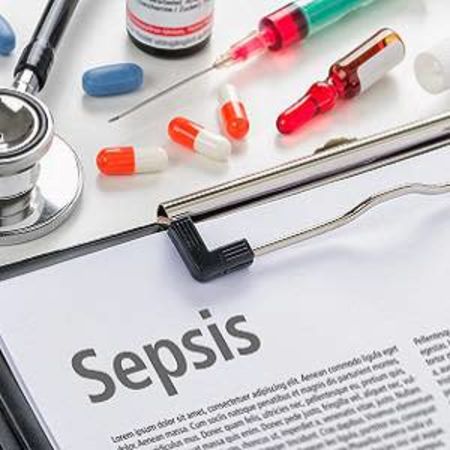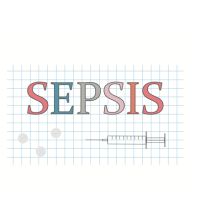Sepsis is a major contributor to the global burden of disease. However, there are important differences in the populations at risk, infecting pathogens, and clinical capacity to manage sepsis in high and low-resource settings; thus context-specific approaches are necessary to mitigate this major public health problem, according to a review published in the journal Critical Care.
More than 19 million sepsis (formerly severe sepsis) cases and 5 million sepsis-related deaths are estimated to occur annually — the majority in low and middle-income countries (LMICs). While bacterial infections account for a large majority of sepsis in high-income countries (HICs), sepsis in LMICs is characterised by different types of bacteria, including mycobacteria, and much higher proportions of nonbacterial organisms such as parasites and viruses.
The review notes that many barriers exist to reducing the global burden of sepsis, particularly in low-resource settings. These barriers include difficulty quantifying attributable morbidity and mortality, low awareness, poverty and health inequity, and under-resourced and low-resilience public health and acute healthcare delivery systems.
In low-resource settings, for example, poverty-associated conditions such as poor preventive healthcare, limited vaccine coverage, malnutrition, substandard living conditions such as indoor air pollution, bed sharing, and inadequate ventilation and sanitation, and exposure to environmental and animal vectors increase risk for acute infection. These factors are further exacerbated by disparate funding of health systems, delays in identifying and reaching appropriate care, and inadequate systems to prevent healthcare-associated infections.
"Accordingly," the journal article says, "efforts to address these issues must focus fundamentally on economic inequity, social determinants of health, and public health infrastructure."
To reduce the global burden of sepsis, the article proposes several practical steps including:
- International adoption of a single clear, cohesive definition of sepsis is critical. Importantly, implementation of this definition and its associated clinical criteria must be practical in low-resource settings and needs to take into account the need for syndromic diagnoses in some areas of the world.
- Strengthen public health and acute healthcare delivery systems. To achieve this, LMIC health systems must have more funding — this requires changes in global and national-level economic policies. Efforts to prevent the spread and acquisition of infectious diseases are critical, such as those focused on vaccination, nutrition, maternal education, healthy living environments (bed nets, clean cook-stove options, and sanitation), and safe drinking water. Prehospital emergency care providers should be trained in the identification and early management of patients with sepsis.
- Conduct inclusive research. A roadmap for sepsis research has been developed and can be further enhanced globally by increasing partnerships between the adult and paediatric sepsis research communities as well as integration of sepsis research with HIV, malaria, and other infectious disease research and clinical communities. Also, future interventional trials should include patients from low-resource settings. Researchers in both high and low-resource settings should be prepared to make valuable data open access.
- Establish data-driven and context-specific management guidelines. Several groups have published guidelines for the management of sepsis in low-resource settings; however, these guidelines are largely nonevidence-based for low-resource environments and reflect care in high-resource settings, which may not be available or appropriate. It is critical to partner with clinicians, public health professionals, and researchers to develop appropriate guidelines.
- Promote creative interventions. Both simple and inventive strategies can help to save many lives from sepsis in low-resource settings and should be encouraged. The absence of ICUs or advanced technologies such as mechanical ventilators or invasive monitoring does not preclude the provision of many important components of sepsis care, such as source control and early appropriate antimicrobials.
Source: Critical Care
References:
Rudd KE, West TE et al. (2018) The global burden of sepsis: barriers and potential solutions. Critical Care 22:232 https://doi.org/10.1186/s13054-018-2157-z
Latest Articles
Sepsis, ICU, antimicrobials
Sepsis is a major contributor to the global burden of disease. However, there are important differences in the populations at risk, infecting pathogens, and clinical capacity to manage sepsis in high and low-resource settings; thus context-specific approa



























